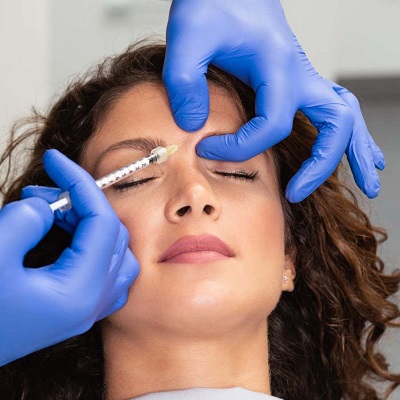Introduction
In recent years, Botox has emerged as a popular cosmetic treatment, primarily used to reduce the appearance of wrinkles and fine lines. Originally developed for medical purposes such as treating muscle spasms and migraines, Botox has become synonymous with beauty enhancements and age defiance. Despite its widespread use, there remains a significant discourse on how Botox injections affects not just the aesthetics of the face but also the subtle nuances of facial expressions. Understanding these impacts requires an exploration of both the physiological mechanisms of Botox and its implications for non-verbal communication.
The Science Behind Botox
How Botox Works
Botox, or botulinum toxin, is a neurotoxic protein produced by the bacterium Clostridium botulinum. When injected into specific facial muscles, Botox temporarily blocks the release of acetylcholine, a neurotransmitter responsible for muscle contraction. This leads to a temporary paralysis of the targeted muscles. By inhibiting muscle movement, Botox effectively smooths out wrinkles and prevents the formation of new lines.
Targeted Muscles and Treatment Areas
Botox is commonly administered to areas such as the forehead, crow’s feet, and frown lines. Each of these areas involves different facial muscles that contribute to various expressions. For example:
- Forehead Lines: The frontalis muscle is responsible for raising the eyebrows.
- Crow’s Feet: The orbicularis oculi muscle facilitates eye closure and expressions like squinting.
- Frown Lines: The corrugator supercilii and procerus muscles contribute to the frowning expression.
Impact on Facial Expressions
Reduced Emotional Expressiveness
One of the most significant impacts of Botox on facial expressions is its potential to diminish emotional expressiveness. Since Botox inhibits the muscle activity responsible for certain expressions, individuals may find it harder to convey emotions such as surprise, anger, or sadness. This can lead to a phenomenon where facial expressions become less nuanced, potentially affecting interpersonal communication.
The “Frozen” Look
The term “frozen” look refers to the characteristic appearance of a face that has undergone Botox treatment. This occurs when the injection is applied too broadly or at excessive doses, resulting in a lack of dynamic movement. While the intention is often to create a more youthful and smooth appearance, an overly cautious approach to Botox can lead to a face that appears less expressive and more mask-like.
Social and Psychological Effects
The subtle changes in facial expressions due to Botox can have broader social and psychological implications. Research suggests that facial expressions play a crucial role in social interactions and emotional intelligence. A reduced ability to express emotions may impact relationships, both personal and professional, as well as influence one’s self-perception and confidence.
Balancing Aesthetics with Expression
Personalized Treatment Plans
To mitigate the potential negative impacts on facial expressions, many practitioners advocate for a personalized approach to Botox treatments. This involves carefully selecting injection sites and dosages to ensure that while wrinkles are reduced, the overall expressiveness of the face is preserved. This balance is crucial for maintaining the natural dynamics of facial expressions.
Emerging Alternatives and Advances
Recent advancements in cosmetic treatments offer alternative solutions that aim to provide the aesthetic benefits of Botox without compromising facial expressiveness. Techniques such as micro-Botox (using lower doses) and combination therapies with dermal fillers are being explored to address specific concerns while preserving natural expression.
Conclusion
Botox has undoubtedly revolutionized the field of cosmetic enhancements by providing effective wrinkle reduction and a more youthful appearance. However, its impact on facial expressions highlights the delicate balance between aesthetic goals and the preservation of natural expressiveness. Understanding the science behind Botox and its implications for facial communication is essential for making informed decisions about its use. As cosmetic procedures continue to evolve, ongoing research and advancements will likely offer new ways to achieve both beauty and expressive authenticity.





Comments